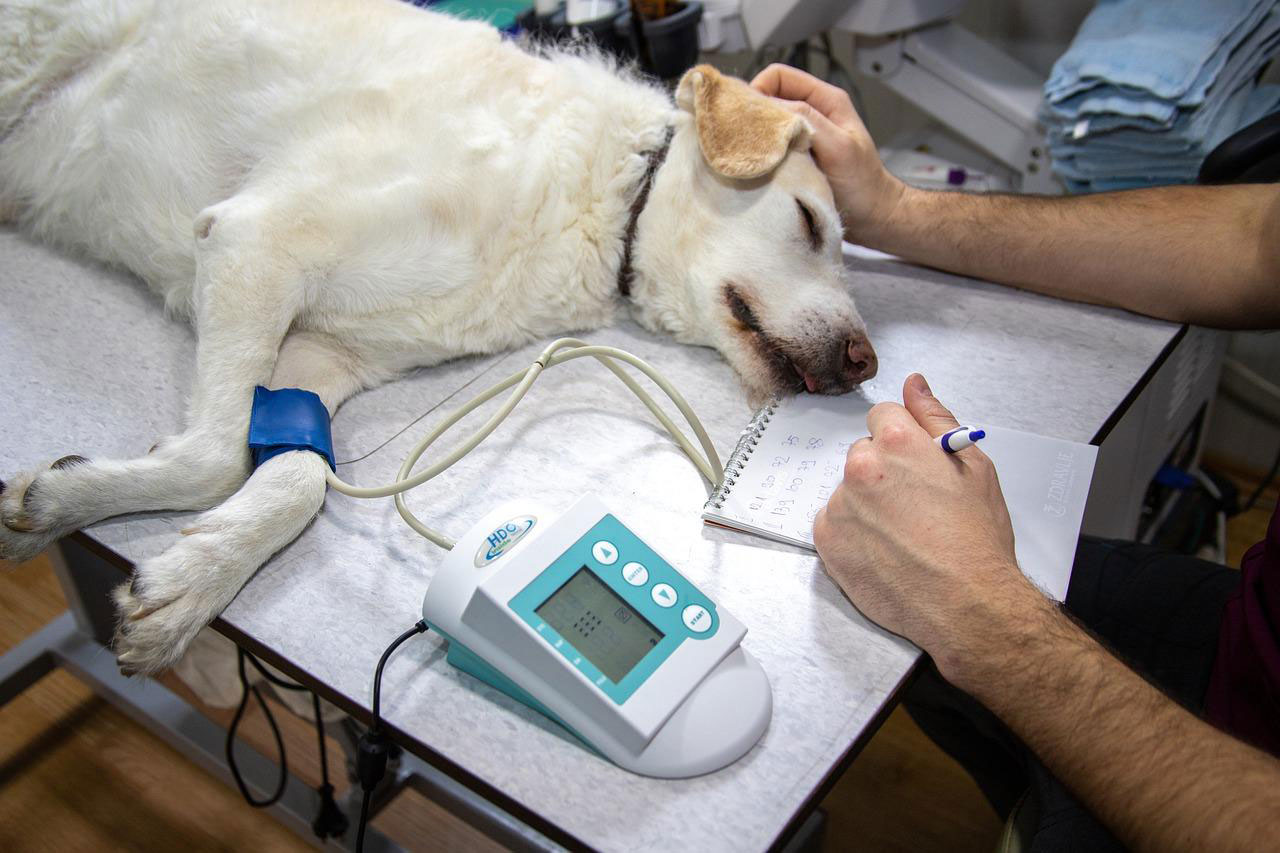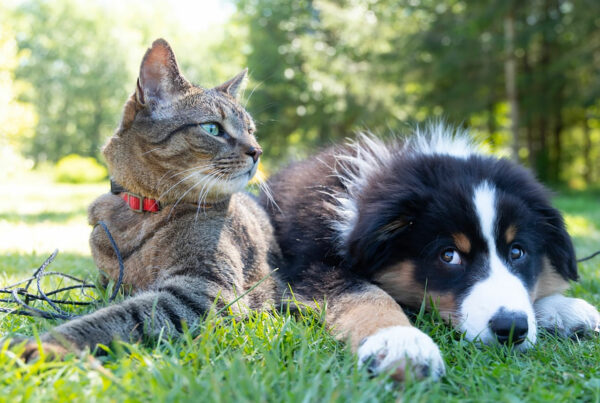Live Oak is happy to announce that veterinary CT scans are now available at our 98th & Slide location! CT Scans are useful in diagnosing a wide variety of problems that occur in pets. The detailed diagnoses provided by CT scans can lead to more successful treatment options.
What is a Veterinary CT Scan?
CT (computed tomography) scanning is a useful diagnostic tool. CT scans can provide more comprehensive diagnostic information than traditional radiography (x-rays) because, unlike conventional imaging, CT scanning takes images 360 degrees around your pet, creating cross-sectional images. In some cases, patients are given contrast media intravenously, which acts as a dye to highlight blood vessels on the scan.
How do Veterinary CT Scans Work?
Because movements can ruin a CT scan image, our trained team of technicians will put your pet under anesthesia before the procedure. Prior to the CT scan, our team will conduct a physical exam of your pet to ensure they are a suitable candidate for anesthesia. Our team of veterinary nurse anesthetists will place an intravenous (IV) catheter in your pet’s leg to administer the anesthetic agents and/or contrast media. The team will likely shave a small patch of hair from your pet’s leg (and possibly on their chest, for a heartrate monitor).
Once your pet is sedated and in position, the table slowly moves through the machine while the x-ray tube rotates 360 degrees around your pet to record the x-rays in thin (1–10 millimeter) slices. After each full rotation, the CT computer constructs a 2D-image slice. The process then repeats until the necessary amount of image slices are collected. When the machine’s computer finishes processing the x-rays, it generates a detailed image on a monitor.
The entire procedure takes 20–60 minutes total, but recovery time is highly individual. Your pet will likely be at Live Oak for 4 to 8 hours in total. One of our board-certified veterinary radiologists will then interpret the images and write up a report for your pet by the next business day.
What Conditions Can CT Scans Diagnose?
A CT scan for pets can supplement traditional imaging (e.g., ultrasounds) when more detailed diagnostic information is needed. CT scanning can help diagnose:
- Abscesses
- Bone fractures and fragment orientation
- Ectopic ureters
- Foreign bodies
- Hematomas
- Inner ear disease evaluation
- Joint diseases
- Masses in the abdomen, skull, chest cavity, and limbs
- Metastatic lesions in the lung
- Osteoarthritis
- Spinal cord disease
- Vascular abnormalities
Are CT Scans Safe?
Veterinary CT scans are perfectly safe. One of our experienced radiology technicians performs the scan under the guidance of a radiologist. Before, during, and after the CT scan, certified anesthesia nurses monitor your pet’s breathing, heart rate, pulse oxygenation, and blood pressure. And, as touched on above, we perform routine blood work and a physical exam of your pet prior to the procedure to identify and reduce any risks.
We’re so glad to offer veterinary CT scans at Live Oak. We have the referral forms here for clinics or clients interested in scheduling an appointment for a scan. Our qualified veterinarians, technicians, managers, and caregivers are happy to answer any questions you may have about animal CT scans.





